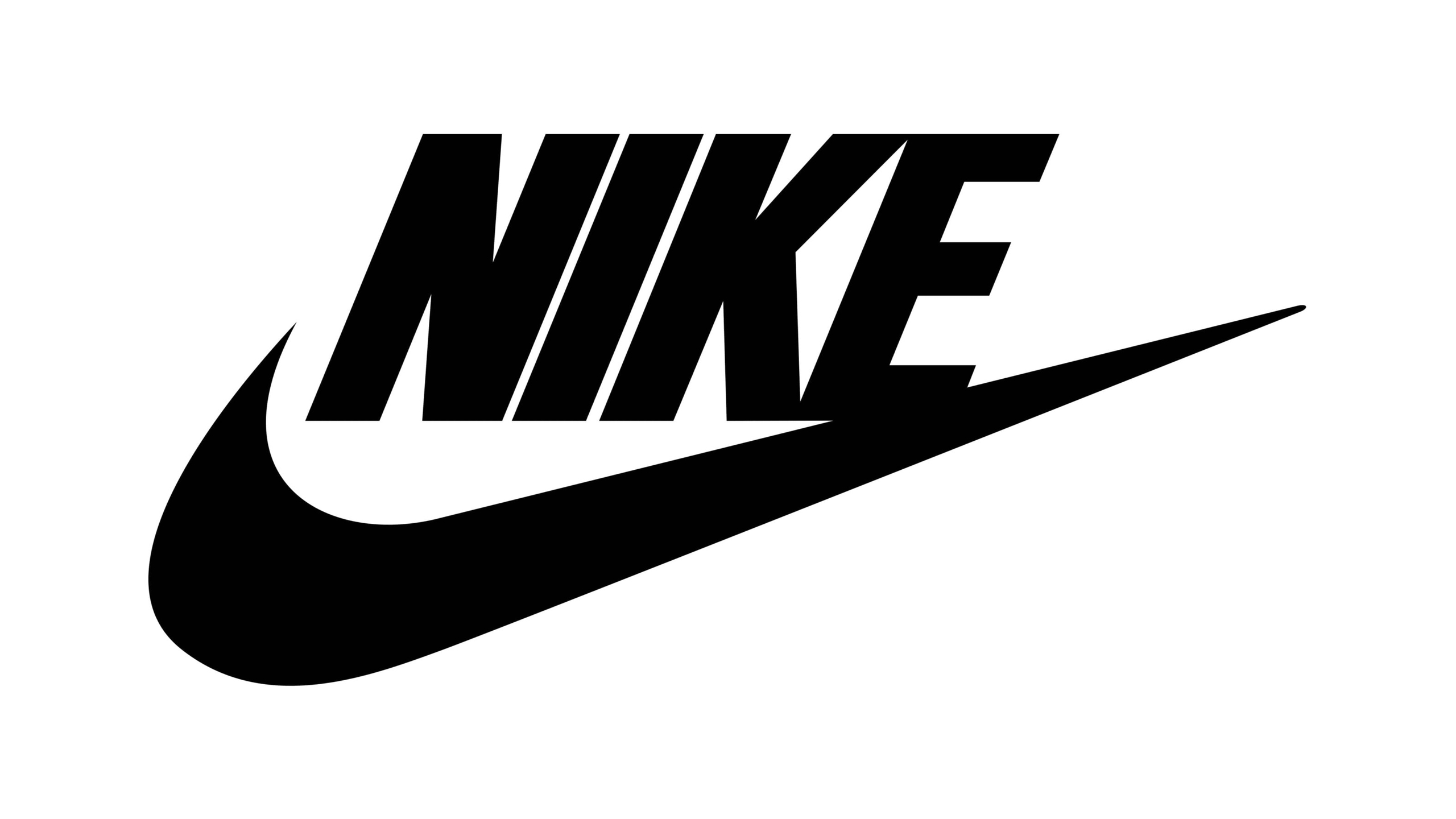When it comes to choosing the right athletic footwear, two major brands often dominate the conversation: Nike and Adidas. Both brands have earned a reputation for delivering high-quality shoes that blend style, performance, and comfort. But when it comes to the specifics of cushioning and support, which one stands out? Let’s dive into a detailed comparison of Nike and Adidas to determine which brand offers the best cushioning and support for your feet.
Nike: Leading the Way with Innovative Cushioning
Nike has long been a frontrunner in the athletic footwear industry, largely due to its constant innovation in shoe technology, particularly in cushioning systems. Here are the key technologies that set Nike apart:
Nike Air
Nike revolutionized cushioning with the introduction of Nike Air in the late 1970s. This technology uses pressurized air units embedded within the midsole to provide impact protection. The result is lightweight cushioning that reduces the stress on joints during high-impact activities such as running and jumping.
Nike has since evolved the Air technology into various forms, including Air Max, which features visible air units, and Zoom Air, which offers responsive cushioning that enhances speed and agility.
Nike React
Introduced in 2017, Nike React foam is engineered to be soft and springy while also providing durability. It offers a plush underfoot feel without sacrificing support, making it ideal for long-distance runners or anyone seeking a comfortable, energy-returning experience.
Nike ZoomX
The ZoomX foam, used in Nike’s high-performance running shoes like the Vaporfly and Alphafly, is lightweight and responsive, offering unmatched energy return. It’s a popular choice for athletes aiming for speed and efficiency without compromising on comfort.
Adidas: Superior Boost Technology and Foot Support
Adidas is no slouch when it comes to cushioning and support either. Known for its commitment to innovation and sustainability, Adidas has developed its own suite of cushioning technologies that rival Nike’s.
Adidas Boost
Perhaps the most iconic of Adidas’ cushioning technologies, Boost is made from thermoplastic polyurethane (TPU) pellets that compress and expand under pressure, delivering superior energy return and a soft, bouncy feel. The result is a cushioning system that remains comfortable for long periods and performs well in both casual and athletic settings.
Boost is especially well-regarded for its durability and ability to retain its form over time, making it ideal for runners, basketball players, and anyone who spends long hours on their feet.
Adidas Lightstrike
For those seeking a lighter, more responsive cushioning system, Adidas Lightstrike is a newer innovation that offers a balance between softness and responsiveness. It’s frequently found in Adidas’ basketball shoes and running shoes designed for speed, providing a lightweight feel without sacrificing support.
Adidas Bounce
The Bounce cushioning system, while not as soft as Boost, offers a more stable and responsive feel. It is typically used in shoes designed for court sports like basketball and tennis, where quick lateral movements and stability are crucial.
Support: How Nike and Adidas Stack Up
Cushioning is only part of the equation when it comes to choosing the right shoe. Support is equally critical, especially for athletes or individuals with specific foot needs, like overpronation or flat feet.
Nike’s Support Features
Nike shoes tend to incorporate features that enhance foot stability, particularly in models designed for basketball or trail running. Many Nike shoes feature Flyknit or Flywire technologies, which provide a sock-like fit that adapts to the foot, offering lockdown support without being restrictive.
In addition, Nike’s Dynamic Support system, often used in running shoes, helps provide extra stability for those who need additional arch support or who tend to overpronate during their stride.
Adidas’ Support Features
Adidas is known for creating shoes that offer a snug and supportive fit without sacrificing flexibility. Primeknit, Adidas’ answer to Nike’s Flyknit, provides a secure yet adaptable upper that conforms to the foot’s shape, offering excellent support for various foot types.
In terms of stability, many Adidas shoes feature a Torsion System, which helps stabilize the midfoot while allowing the forefoot and rearfoot to move independently. This system is particularly useful in sports like running and soccer, where agility and quick changes in direction are important.
Which Brand is Best for Cushioning and Support?
Both Nike and Adidas excel when it comes to cushioning and support, but the best choice ultimately depends on your personal needs and preferences.
- If you prioritize lightweight, responsive cushioning: Nike’s ZoomX and React technologies might be your best bet, particularly if you are a runner or someone who needs energy-returning footwear.
- For durability and long-lasting comfort: Adidas’ Boost technology is hard to beat. It provides a plush yet resilient feel that’s ideal for long-distance running, walking, or everyday wear.
- If you need extra stability or have specific foot concerns: Both brands offer great support systems, but Nike’s Dynamic Support may be better suited for those who need added stability during running or walking. On the other hand, Adidas’ Torsion System is excellent for those looking for stability during quick, lateral movements in sports.
Final Verdict
In the battle of Nike vs. Adidas, both brands bring innovative technology to the table, with Nike focusing on lightweight, responsive cushioning and Adidas offering resilient, energy-returning options. The best choice depends on your specific needs, from running to court sports, or simply day-to-day comfort. Whether you opt for Nike’s cutting-edge foam systems or Adidas’ unbeatable Boost technology, you can’t go wrong with either brand when it comes to cushioning and support.

